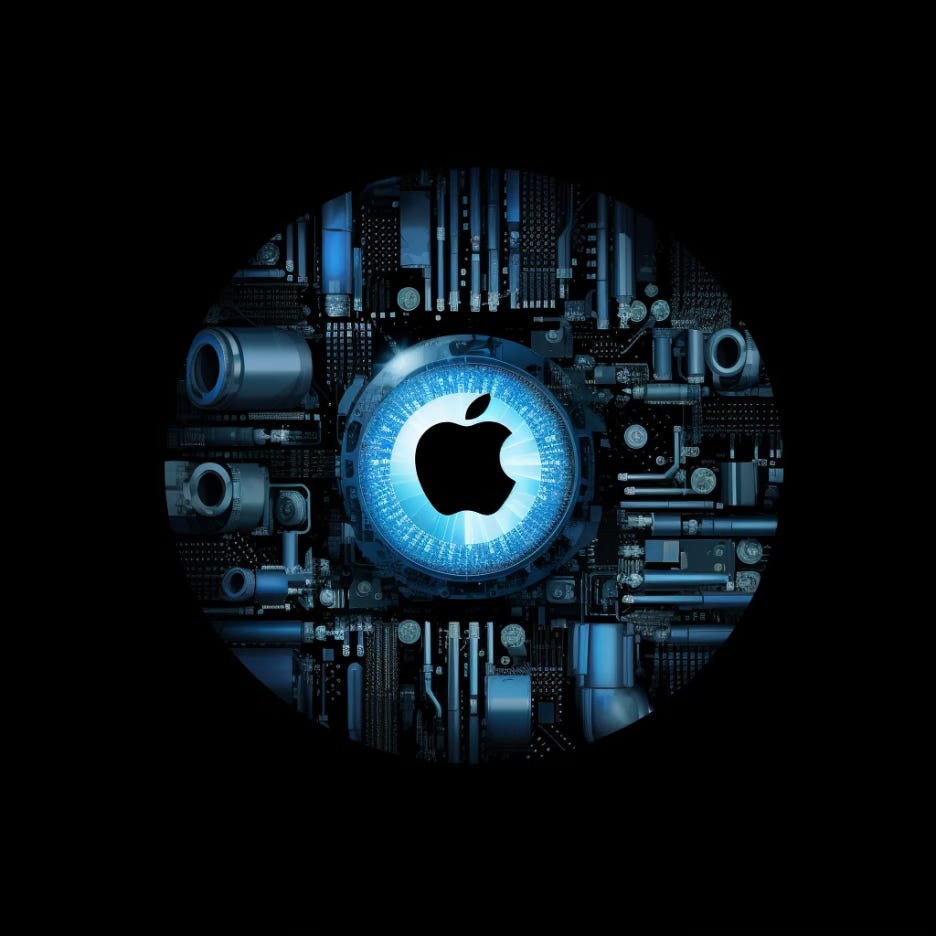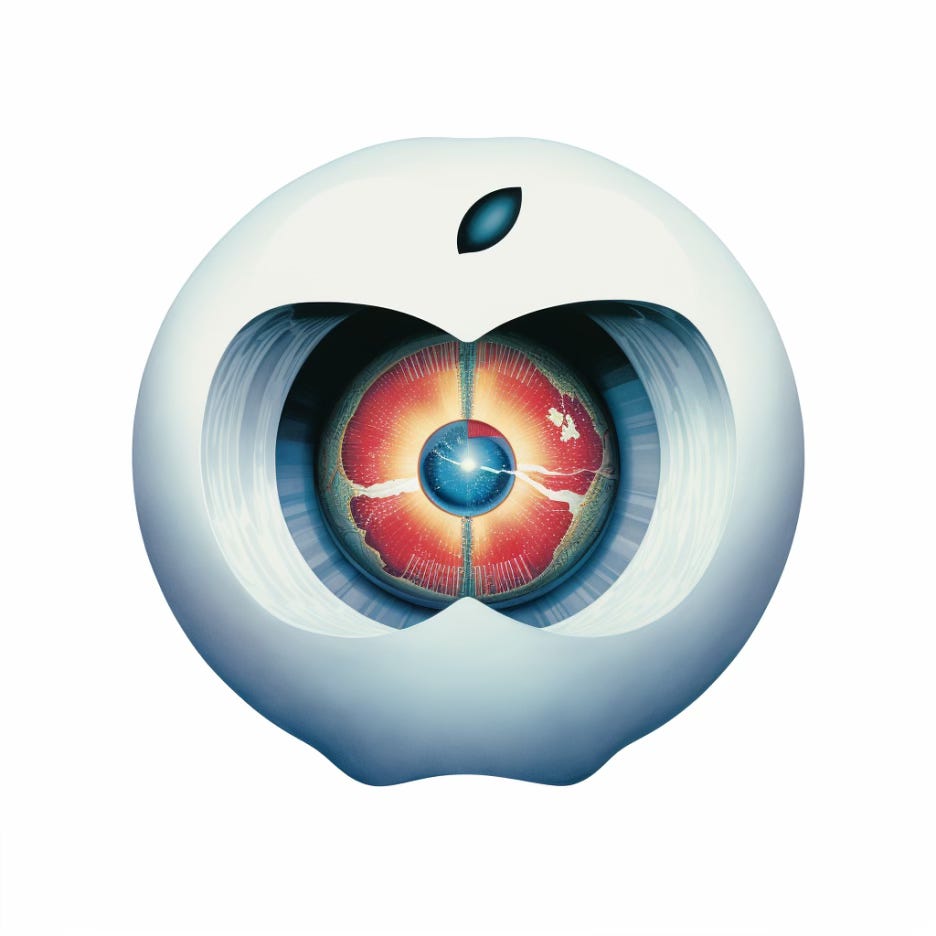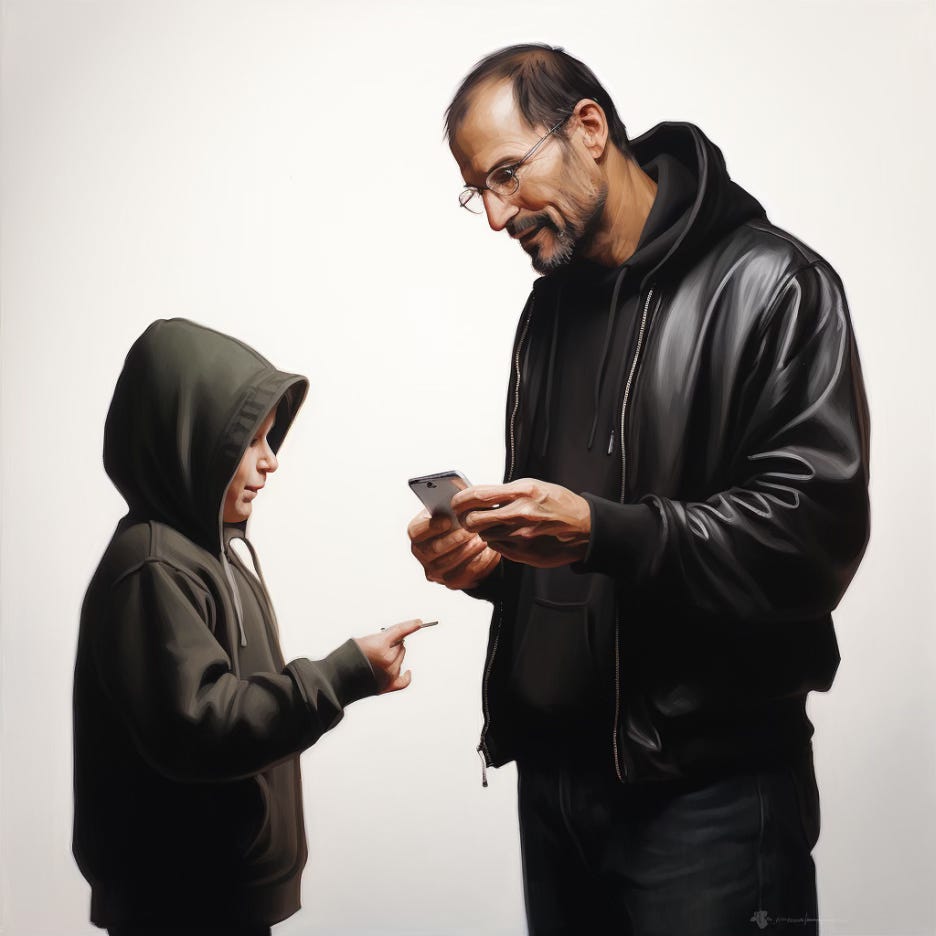They always say you should be mindful of your competitor(s). This is true in business and tech but sometimes, it is for better. It changed my life. You see, in the early 2010’s, I had to face one of the fiercest competitors ever. Apple.
Long before Apple's Touch ID became a household name, there was Validity, a pioneer in consumer biometrics solutions for mobile devices. As the Chief Technology Officer of Validity, I had just left a cozy job at PayPal in April 2012 and witnessed firsthand our efforts to transform biometrics from bulky, government-type technology to sleek, mobile-driven solutions. We were at the forefront, even joining the FIDO Alliance as an historical founder to push the boundaries of fingerprint biometrics.
As a freshly minted CTO of a tech company in Silicon Valley, the first couple of months were mostly catching up on the tech and making plans to roll new tech within a year. And then, 3 1/2 months in the job, in July 2012, the bombshell hit. Apple was acquiring our direct competitor AuthenTec for $356 millions in cash. We knew they were interested in biometrics but not for that much. Suddenly, overnight, the mighty Apple was our main competitor. A lot of my friends at PayPal were excited I had made the move to Validity thinking I knew something about this acquisition. I didn’t. It wasn’t planned. It was exhilarating and scary. Apple. A company I admired my whole life. But I also knew a little secret. I shared it during few conference talks over the years but here it is again. When you think you are facing a fierce competitor, they may not be one. They may just be as worried as you are, but their cash reserve can be used to your advantage. Think about it. With this acquisition, Apple gave us 70% of the mobile market. We were now the Android biometrics company. And Apple was spending way more money than us in making the technology leapfrog the rest of the alternatives. We were an indirect beneficiary of their grandness. Why?
The Tale of Apple's Integration Strategy
In the realm of technology, where the line between innovation and integration often blurs, Apple Inc. stands as a prime example of a company that has excelled not through groundbreaking inventions but through the strategic integration of existing technologies. This approach, often mistaken for innovation, has been the cornerstone of Apple's success in transforming and dominating various tech sectors. I have been saying it since 1999. Apple never invented anything. Proof?
The Mouse: Borrowed and Perfected
A classic example of Apple's integrative prowess is the computer mouse. The mouse was not an Apple invention; it was initially developed at Stanford Research Institute. However, it was Steve Jobs who recognized its potential to revolutionize personal computing. Under Jobs' vision, Apple refined the mouse, making it more user-friendly and commercially viable, thus transforming the way we interact with computers.
The Graphical User Interface: From Concept to Mainstream
Similarly, the Graphical User Interface (GUI), which forms the backbone of modern computing, was not originally an Apple innovation. Its roots can be traced back to the Xerox PARC lab. Apple, under Jobs' guidance, recognized the GUI's potential and integrated it into the Macintosh, making it accessible and popularizing it among the masses. This move changed the landscape of personal computing and set a new standard for user interfaces.
The iPod and iTunes: Revolutionizing Music Consumption
The iPod and iTunes offer another illustrative example. The concept of portable music players and digital music platforms wasn't novel when Apple entered the scene. However, Apple's integration of the iPod with the iTunes software and the iTunes Store created an ecosystem that transformed the music industry. Apple's unique approach to integrating hardware, software, and online services redefined how music was consumed and distributed globally.
The iPhone: A Symphony of Existing Technologies
The iPhone, arguably Apple's most revolutionary product, is a culmination of this integrative strategy. It wasn't the first smartphone, nor did it introduce new technologies. Instead, Apple took existing concepts like touchscreens, mobile browsing, and multimedia capabilities and integrated them seamlessly, creating a user experience that set a new industry standard. The iPhone's success lies in its integration of various technologies into a cohesive, user-friendly device.
Integration over Innovation: Apple's True Genius
In the world of technology, companies often fall into categories of innovators, integrators, or imitators. Apple, contrary to popular belief, falls squarely into the category of integrators. Apple's true genius lies in its ability to integrate existing technologies, improving them, and seamlessly incorporating them into their products to create a new standard in user experience.
A Lesson in Market Timing and Execution
A key element in Apple's success story is their impeccable timing and execution. When Validity and others were developing biometrics solutions, Apple waited for the right moment to step in. They understood that innovation isn't always about being first but about being the best in execution and market timing.
Conclusion: The Art of Perfecting, Not Inventing
In essence, Apple's narrative is less about creating new technologies and more about reimagining and refining existing ones. From the mouse to the iPhone, Apple's success story is built on its ability to integrate diverse technologies into products that have managed to revolutionize industries, redefine user experiences and set new industry benchmarks.
This strategy of integration, coupled with impeccable timing and execution, has solidified Apple's position as a tech giant, not as an inventor but as an unparalleled integrator. I witnessed it many times. I competed against it. While we were winning for a while, Apple finally became the reference in consumer biometrics without ever using the word. TouchID, FaceID, Siri. What’s next?
Apple's journey is a masterclass in the art of integration. I learnt from it, and I respect it a lot.








